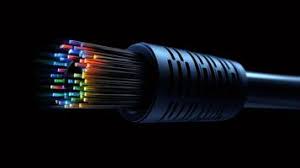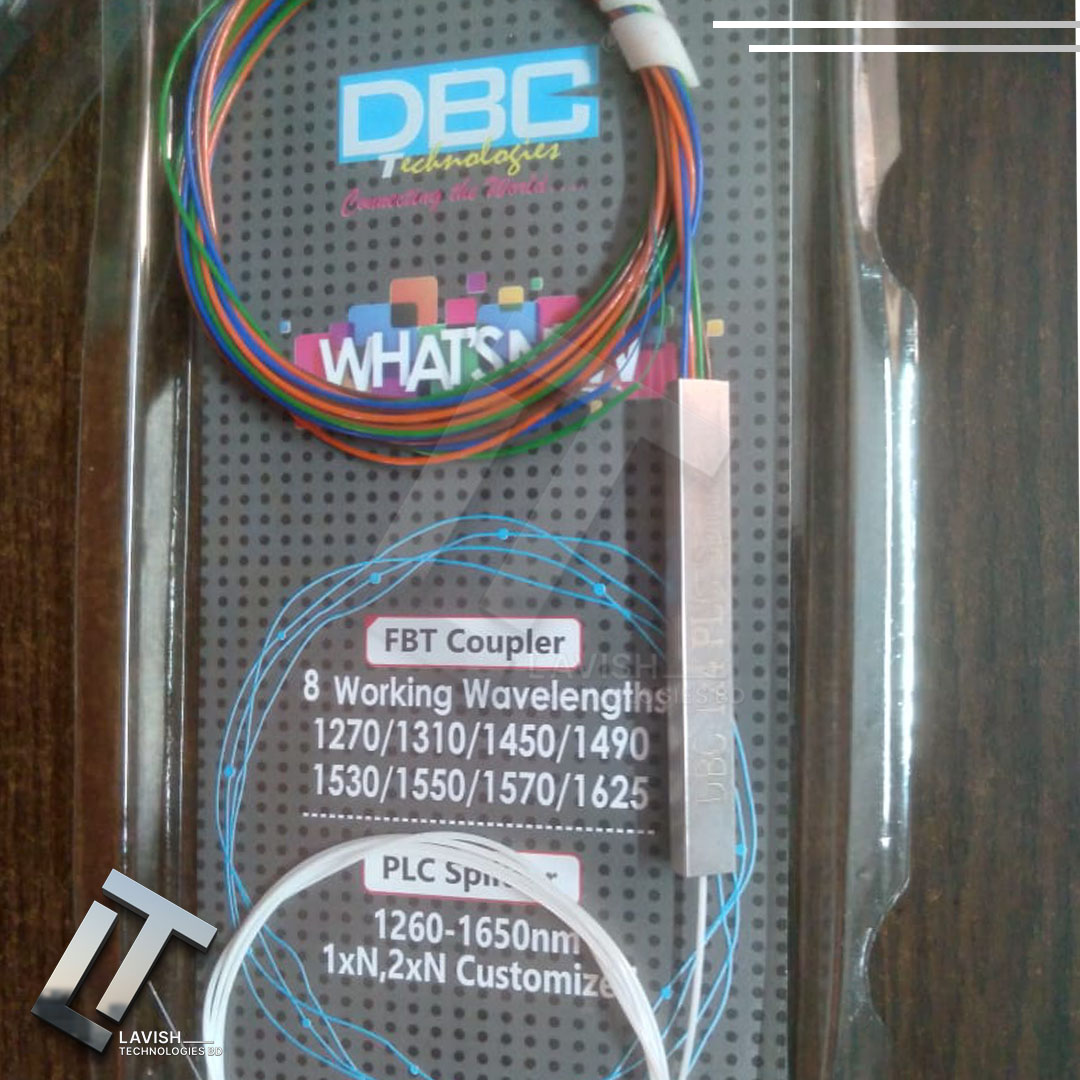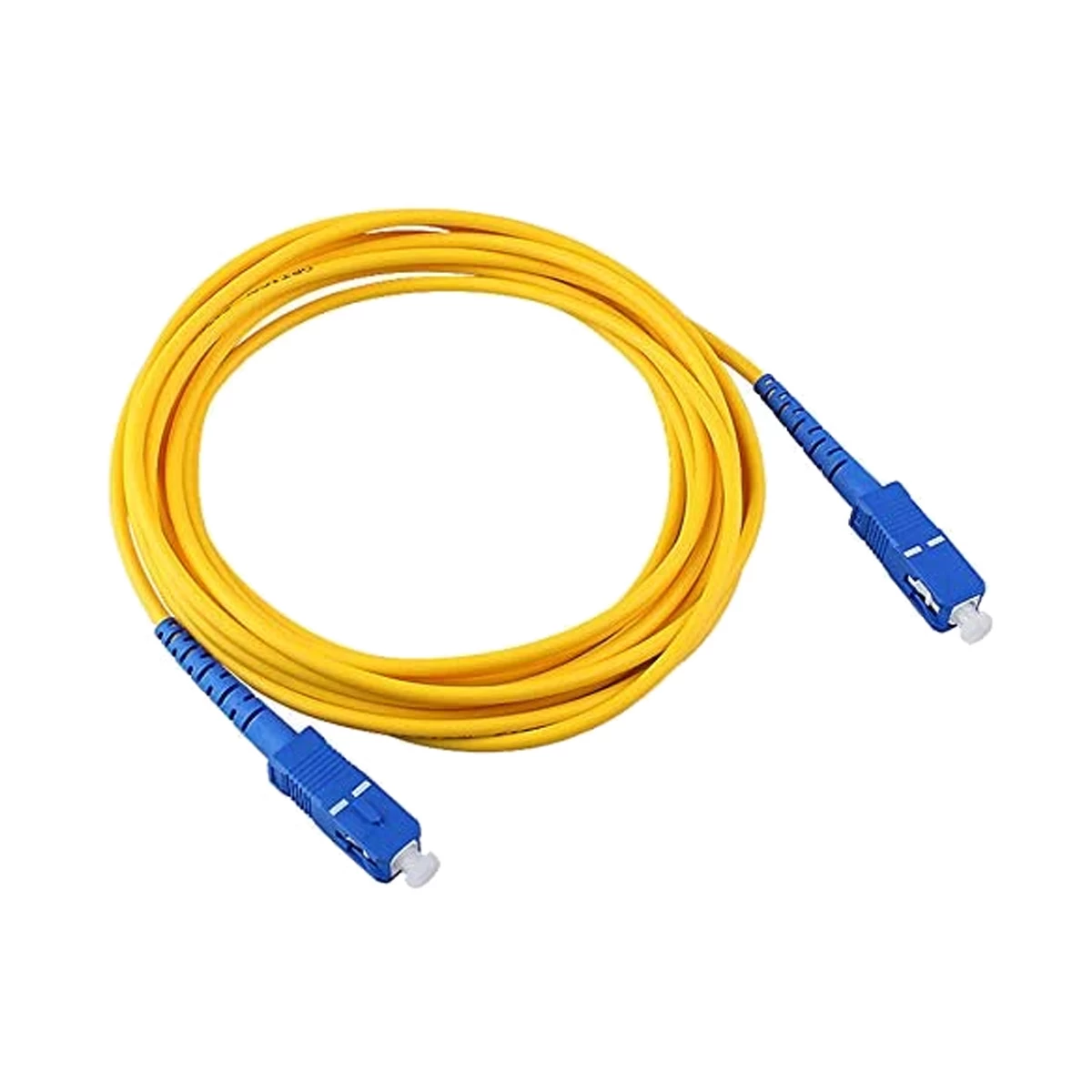
🧬 The Spark of an Idea
- The journey began in 1854, when John Tyndall demonstrated that light could travel through a curved stream of water—an early hint at total internal reflection, the principle behind fiber optics.
- In 1880, Alexander Graham Bell invented the Photophone, which transmitted sound using a beam of light. It was brilliant but impractical—cloudy weather could ruin the signal.
🔬 The Science Takes Shape
- Fast forward to the 1950s–60s, when researchers began experimenting with glass fibers to guide light.
- The real breakthrough came in 1970, when Robert Maurer, Donald Keck, and Peter Schultz at Corning Glass Works created the first low-loss optical fiber—capable of transmitting data over long distances without significant signal degradation.
- Their invention could carry 65,000 times more data than copper wire, opening the door to high-speed communication.
🚀 From Lab to Global Backbone
- In 1977, the first live telephone traffic was carried over fiber optic cables.
- By the 1990s, fiber optics had become the backbone of the internet, telecom, and cable TV industries.
- Today, fiber optic cables are thinner than a human hair and can transmit data at near light speed, powering everything from streaming services to cloud computing.
🌍 Why It Changed the World
- High bandwidth: Supports massive data loads—perfect for HD video, gaming, and enterprise networks.
- Low signal loss: Ideal for long-distance communication without repeaters.
- Immunity to interference: Unlike copper, fiber isn’t affected by electromagnetic noise.
- Security: Much harder to tap than traditional cables.



